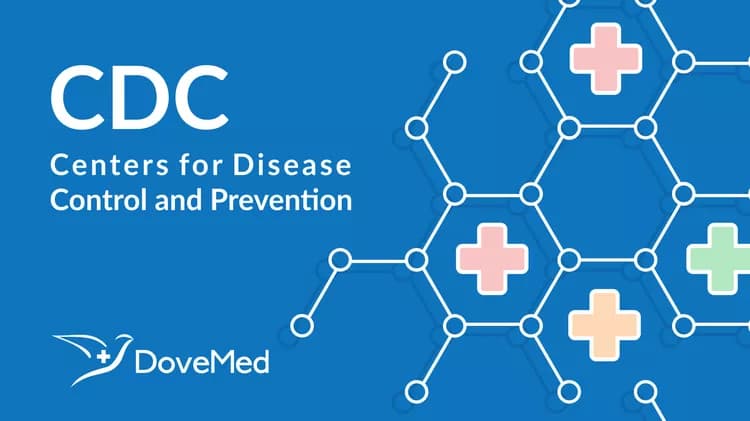
A New CDC Study Finds No Real Increase in Obesity Among Adults; But Levels Still High
A New CDC Study Finds No Real Increase in Obesity Among Adults; But Levels Still High
After a quarter century of increases, obesity prevalence has not measurably increased in the past few years but levels are still high – at 34 percent of U.S. adults aged 20 and over, according to a new study released today by the Centers for Disease Control and Prevention (CDC).
The report, "Obesity Among Adults in the U.S.: No Significant Change in 2005-06," is the latest analysis based on the National Health and Nutrition Examination Survey, conducted by CDC's National Center for Health Statistics.
Obesity rates have increased over the past 25 years. Among men, there was an increase in obesity prevalence between 1999 and 2006. However, there was no significant change in obesity prevalence between 2003-2004 and 2005-2006 for either men or women.
"Since 1999, there appears to have been a leveling off in obesity among women, but the trend is less clear among men. We do know however that the gap between men and women has narrowed in recent years, with men catching up to the higher rates among women," said Cynthia Ogden, a CDC researcher and lead author of the study.
Obesity is defined as a body mass index (BMI) of 30 or greater. BMI is calculated from a person's weight and height and provides a reasonable indicator of body fatness and weight categories that may lead to health problems. Obesity is a major risk factor for cardiovascular disease, certain types of cancer and type 2 diabetes.
The study found:
More than a third of U.S. adults – over 72 million people -- were obese in 2005-2006. This includes 33.3 percent of men and 35.3 percent of women. The figures show no statistically significant change from 2003-04, when 31.1 percent of men were obese and 33.2 percent of women were obese.
Adults aged 40 to 59 had the highest obesity prevalence compared with other age groups. Approximately 40 percent of men in this age group were obese, compared with 28 percent of men aged 20-39, and 32 percent of men aged 60 and older. Among women, 41 percent of those aged 40-59 were obese compared with 30.5 percent of women aged 20-39. Women aged 65 and older had obesity prevalence rates comparable to women in the 20 to 39 age group.
There were large race-ethnic disparities in obesity prevalence among women. Approximately 53 percent of non-Hispanic black women and 51 percent of Mexican-American women aged 40-59 were obese compared to about 39 percent of non-Hispanic white women of the same age. Among women 60 and older, 61 percent of non-Hispanic black women were obese compared to 37 percent of Mexican-American women and 32 percent of non-Hispanic white women.
"In view of these alarmingly high rates of obesity in all population groups, CDC has made the prevention of obesity one of its top public health priorities," said Janet Collins, director of CDC's National Center for Chronic Disease Prevention and Health Promotion. "We are actively working in partnership with state and local public health agencies, the nation's schools, community organizations, businesses, medical systems and faith communities to promote and support healthy eating, physical activity and healthy weight."
The full report is available at www.cdc.gov/nchs.
###
U.S. DEPARTMENT OF HEALTH AND HUMAN SERVICES
Related Articles
Test Your Knowledge
Asked by users
Related Centers
Related Specialties
Related Physicians
Related Procedures
Related Resources
Join DoveHubs
and connect with fellow professionals

0 Comments
Please log in to post a comment.